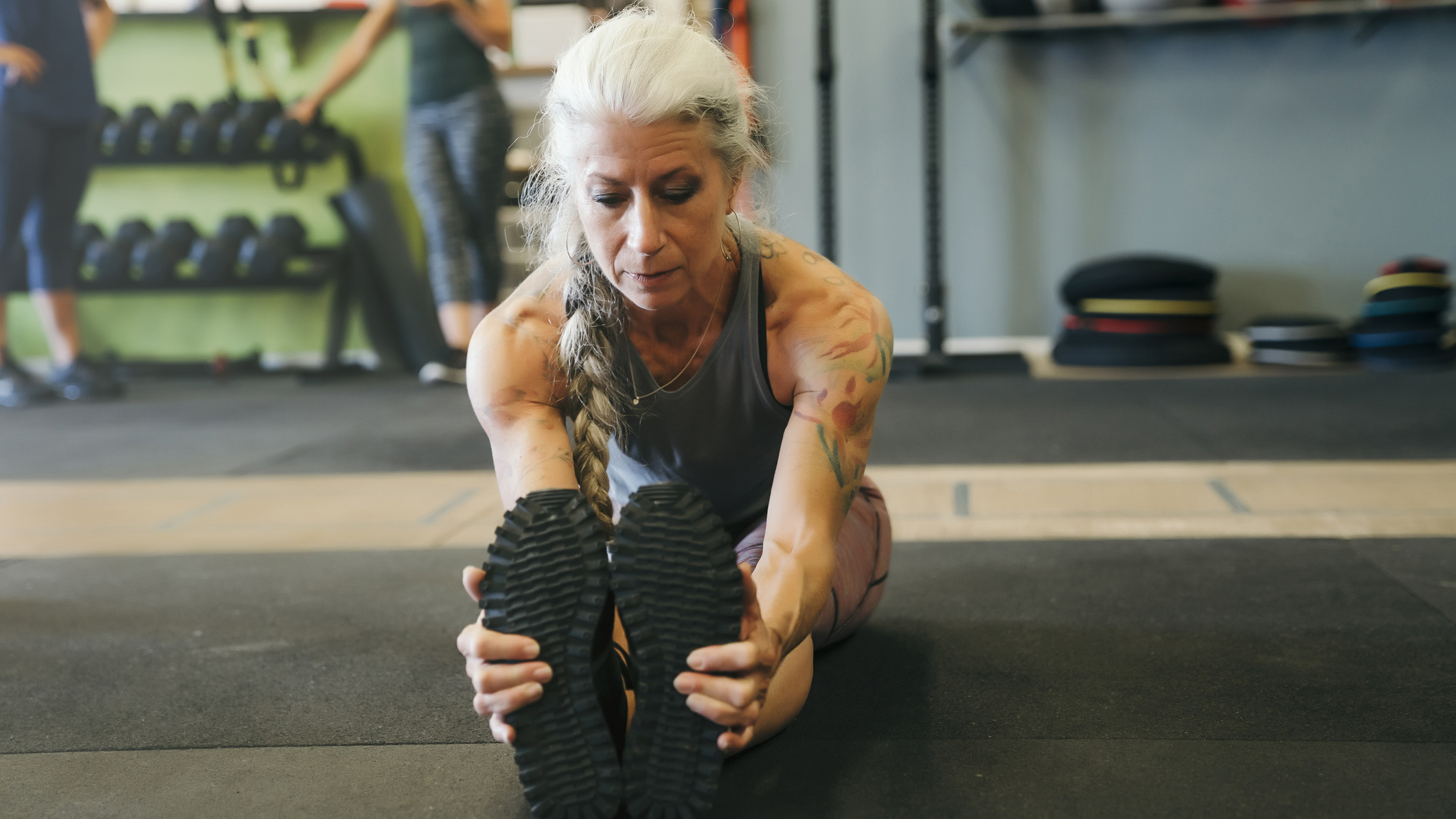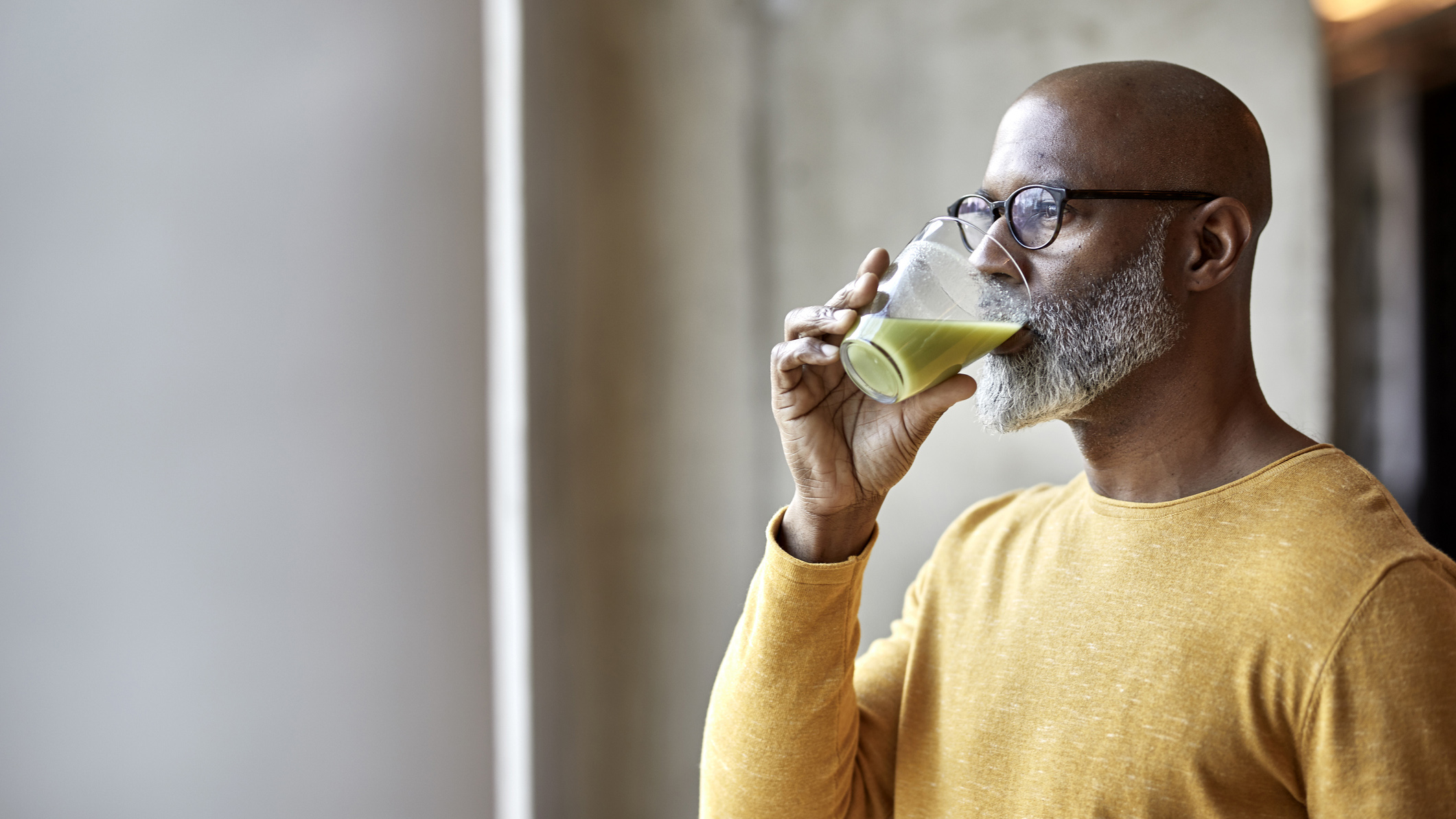Fit over 40: fitness experts recommend exercise, diet and recovery tips for Millennials
Avoid common exercise pitfalls and start your fitness journey today with the help of these expert tips


With the first Millenials turning 40 this year – being the first really tech-savvy generation – there is an increased interest online about how to get fit over 40 or even later in life. The curiosity is understandable; most people don’t realise how important it is to exercise to preserve health until they see their health deteriorate. If you’re one of these people, read the below diet, workout and recovery tips, as recommended by selected experts, to kick start your fitness journey today.
Let's start with the good news: you can turn your health around at any age. “The reality is, it's never too late to start”, says Simon Jurkiw, 41, Commercial Director at active nutrition brand Bulk, who also happens to be an ‘occasional’ bodybuilder and powerlifter, “I’m over 40, and I was doing 250-kilo deadlifts this morning.”
And it’s not just Simon who likes a good workout. “I'm 58 years old, and I work out every day”, admits Dean Hodgkin, head of programming at TRUCONNECT by TV.FIT. He is not only an active person but also the curator of ‘Silver Sessions’, a series of workouts designed to help people live an active lifestyle whatever their age.
“Remaining active in a low-intensity state is an important part of staying healthy over 40”, chimes in Harley Pasternak, 47, celebrity personal trainer and Hyperice ambassador, “I make sure I hit at least 12,000 steps every single day.”
Ready to get fit over 40? Here is how to do it.
Fit over 40: going through the changes
We won’t pretend and tell you it’s exactly the same experience working out in your 40s as it was in your 20s. Once you hit 30, especially if you’ve been living a sedentary life and never really paid attention to your health before, you can expect your joints to be a little bit stiffer, your muscles a bit less pronounced, and your hormone levels lowered.
However, just because you’re over 30 or 40, you shouldn’t think there isn’t a point in trying to get fitter. Sadly, current online literature discourages people from continuing to train harder after they reach 40. The emphasis shifts from ‘being healthy’ to ‘staying alive’. This couldn’t be further from the truth.
Get all the latest news, reviews, deals and buying guides on gorgeous tech, home and active products from the T3 experts
“It’s true, because of the lowering testosterone levels, you lose some of your anabolic ability – the ability to build muscle – as you age”, explains Dean, “You also lose a bit of muscle mass due to sarcopenia. Each year you're losing strength. But this is a gradual change; you will lose strength over time; it doesn’t just fall off a cliff.”
Therefore, it’s not impossible to conserve your health and even push your fitness, as long as you do the right kind of workout.

Fit over 40: do the right type of workout
“You should definitely exercise, but you need to think about what it is you're doing”, suggests Dean, “Mayo Clinic looked at HIIT training and found that it kickstarts the mitochondria, the little energy cells within the muscle. They suggest that doing HIIT training improves your ability to produce energy, which effectively reverses the ageing process.”
Simon recommends setting a strength foundation from your 40s onwards which will put you in a much better position to live an independent life once you’re in your 60s and beyond. People can essentially “put fitness in the bank” by starting to work out in their 40s.
Think about it this way: once you hit 40, two-thirds of your adult life is still ahead of you. There are people in their 70s who compete in powerlifting competitions and started lifting at 50. We’re talking about decades of training you can still experience, even if you start on your 40th birthday.
How about your joints? Will they not get ‘used up’ if you exercise too much? Although there is a stiffening of the connective tissue, and you also lose some range of motion as you get into your 50s, as long as you work within your comfortable range of motion, you can rest assured your joints are going to be okay.
More than okay, actually. “Once you start to exercise, particularly resistance training exercises, you start to produce more synovial fluid which lubricates the joints”, adds Dean, “Start lifting. Make sure you include resistance training as part of your ongoing exercise program.”
Don’t be stuck on cardio all day long; get some resistance bands or dumbbells and start lifting today. As well as helping you increase muscle mass and strength, resistance training can also help you maintain bone strength. If you start lifting on your 40th birthday, you can become stronger and fitter by the time you hit 50 than most people in their 20s.

Fit over 40: make recovery an integral part of your exercise regime
Needless to say, you can’t just keep on pushing yourself and pump iron every day, all day, in your 40s. Recovery becomes more important than before, especially since it might take your body longer to recover after you hit 40. “As we age, our body doesn’t regenerate tissue the way that it once did; we don't recover from workouts the way we used to”, adds Harley.
“When I was in my 20s, I could train hard twice a day, five-six days a week, and I felt absolutely fine”, says Simon, “I wouldn't be able to do that now; I wouldn't recover effectively from it, and my performance would eventually deteriorate. But I can still train hard four-five days a week without a problem.”
One key aspect of recovery is getting a good night sleep. Not something you should ignore even when you’re younger, but getting enough sleep becomes a more critical part of recovery after 40. As Harley explains, “I never thought about it in my youth, but as people get older, sleep becomes more and more challenging. We get less REM and especially deep sleep as we age.”
There are three things you can do to ensure you get enough sleep every day. First, avoid caffeine after midday (it takes a long time to metabolise, and caffeine has a significant impact on sleep quality), follow a regular sleep schedule and reduce alcohol consumption. And yes, this means waking up at the same time at the weekends as you do during the week.
Prehab also plays a significant role in recovery. “An active warm-up is more important than any stretching before workouts”, recommends Harley, “This could be percussive massage therapy not just after but before the workout. Even just foam rolling could help.”

Fit over 40: how to fuel your workouts the right way
The last part of the puzzle of getting and staying fit in your 40s is proper nutrition. Again, not something you should ignore in your 20s, but it plays a vital role in maximising fitness potential in your 40s and beyond.
“In terms of fuelling your workout after 40, the same principle stands as before”. Simon explains, “You need appropriate energy for the workout, which is going to come primarily from carbohydrates. With different goals such as fat loss, you obviously need to manipulate macronutrients accordingly.”
Whatever your chosen exercise regime might be, you also need to think about protein consumption to aid muscle recovery. Some of it could come from supplements, such as quality whey or vegan protein powders, but you should cover most of your protein needs from fresh produce.
“The diet component of recovery is vital”, Harley says, “Also hydration; you must ensure that immediately before, during and after the workout you stay well hydrated, and your electrolytes are topped up.”
Another issue you might encounter in your 40s is slowing metabolism, although studies suggest that metabolism might not start slowing down until you hit 60. Nevertheless, fibre consumption should be an integral part of your diet so you don’t develop motility issues later.
“For men, maintaining testosterone levels becomes more important after 40”, Simon adds, “Exercise will boost testosterone but zinc also contributes to the production of testosterone in the body, so men want to make sure that they’ve got adequate zinc in their system.” Fish oils can help improve heart health and reduce inflammation.

Fit over 40: it’s never too late to start
“There are some serious gains to be made at any age, and it starts as soon as you start to exercise”, says Dean and we couldn’t agree more. Even just five minutes of exercising a day – or walking 7,000 steps – can significantly improve your fitness levels, certainly more than spending the same amount of time just sitting on the sofa.
Find a sport you enjoy doing. That could help you stick to exercising and ultimately, that’s the key to forming habits. “If they don't enjoy exercising or are in too much pain, people’s adherence will be incredibly low”, Simon concludes, “Adherence should be the focus of everything, the central point. Because without that, people aren't going to get results.”
Frequent workouts can even make you physically younger, according to science. Researchers at King's College looked at the DNA of twins and found that the twins that exercised regularly had much longer telomeres than their siblings (telomeres shorten as we age).
They suggest that, on average, you can reduce your biological age by 10 years by exercising regularly. This should be a good enough incentive for most people to start working out today.

Matt Kollat is a journalist and content creator who works for T3.com and its magazine counterpart as an Active Editor. His areas of expertise include wearables, drones, fitness equipment, nutrition and outdoor gear. He joined T3 in 2019. His byline appears in several publications, including Techradar and Fit&Well, and more. Matt also collaborated with other content creators (e.g. Garage Gym Reviews) and judged many awards, such as the European Specialist Sports Nutrition Alliance's ESSNawards. When he isn't working out, running or cycling, you'll find him roaming the countryside and trying out new podcasting and content creation equipment.